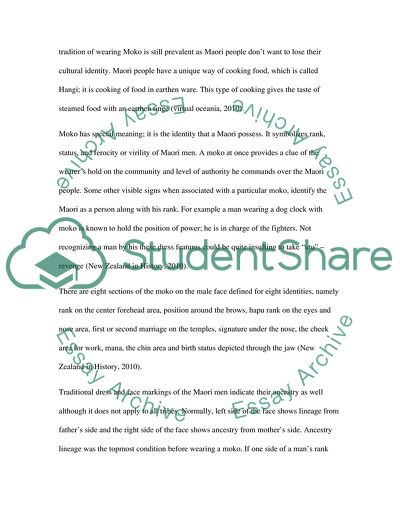Cite this document
(Maoris and Aborigines of New Zealand Research Paper, n.d.)
Maoris and Aborigines of New Zealand Research Paper. Retrieved from https://studentshare.org/history/1736292-maoris-and-aborigines-a-native-peoples-cultures-and-status
Maoris and Aborigines of New Zealand Research Paper. Retrieved from https://studentshare.org/history/1736292-maoris-and-aborigines-a-native-peoples-cultures-and-status
(Maoris and Aborigines of New Zealand Research Paper)
Maoris and Aborigines of New Zealand Research Paper. https://studentshare.org/history/1736292-maoris-and-aborigines-a-native-peoples-cultures-and-status.
Maoris and Aborigines of New Zealand Research Paper. https://studentshare.org/history/1736292-maoris-and-aborigines-a-native-peoples-cultures-and-status.
“Maoris and Aborigines of New Zealand Research Paper”, n.d. https://studentshare.org/history/1736292-maoris-and-aborigines-a-native-peoples-cultures-and-status.


